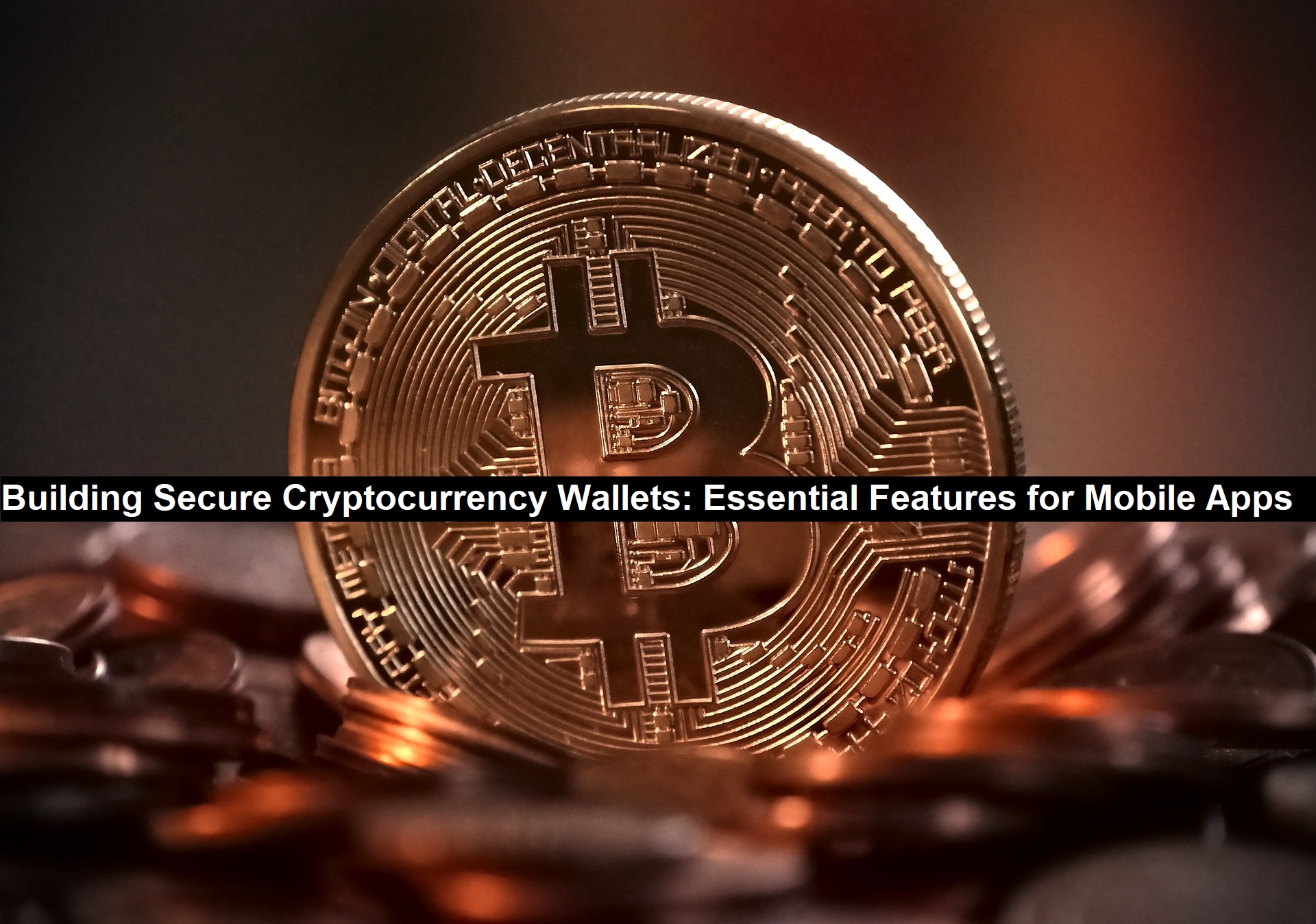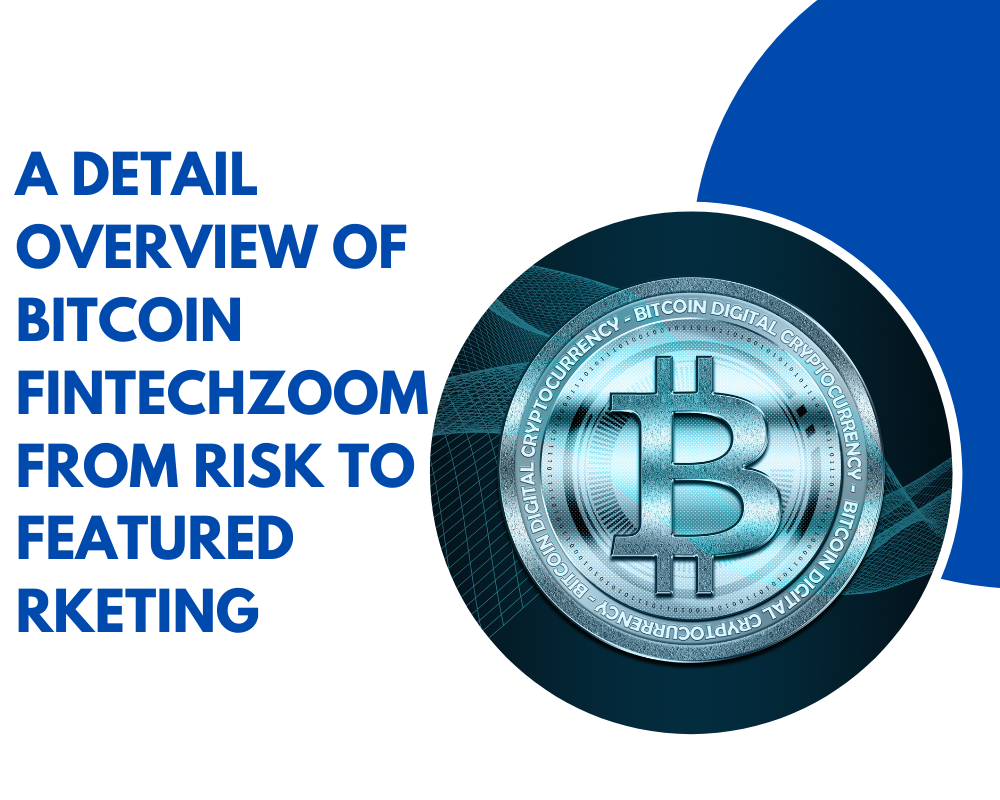Protecting your assets is essential in a world that is slowly shifting more and more online and that includes protecting your cryptocurrency wallet. USBs are becoming popular due to their portability and flexibility since they are small in size, conveniently fits in pocket and considerably used because the_wallet2 is a mobile wallet. In this article, we will discuss fundamental requirements for designing secure environments for the management of cryptocurrencies to deliver both security and interface convenience within applications situated on mobile platforms.
Introduction
As the cryptocurrencies have appeared in the financial market, an increased need for reliable and convenient mobile wallets appears as well. A cryptocurrency wallet is a software application designed to enable users to manage coin and send/receive assets. However, these wallets are associated with specific security concerns as a result of decentralization provided by Blockchain and irrevocable nature of transactions. Mobile wallets need to be secured meaning that user data and money also should be protected while developing the system.
Understanding Cryptocurrency Wallet Security

The Importance of Security in Crypto Wallets
Wallet security regulates a client’s assets from hackers, cybercriminals, phishing attempts, and other malicious programs. Crypto transactions lack features such as chargebacks and this means that the wallet security measures must be strong with a view to ensuring that loss is permanent.
Read: Know the Easy Steps to Buy Dogecoin on Etoro
Key Security Challenges
Key challenges in securing cryptocurrency wallets include:
- Protecting private keys from unauthorized access.
- Ensuring secure backup and recovery methods.
- Balancing user convenience with security measures to prevent vulnerabilities.
Types of Cryptocurrency Wallets
Cryptocurrency wallets come in various forms, each with unique security considerations. Mobile wallets are particularly vulnerable due to their accessibility and exposure to external threats. The main types include:
- Hot Wallets: Connected to the internet, offering easy access but increased vulnerability.
- Cold Wallets: Offline storage, safer from cyber-attacks but less convenient for frequent use.
- Hardware Wallets: Physical devices offering high-level security but may lack the convenience of mobile access.
For mobile apps, a hybrid approach that incorporates cold storage for larger funds and hot wallet functionalities for frequent transactions is often ideal.
Essential Security Features for Mobile Wallets
- Multi-Factor Authentication (MFA)
The use of MFA on a user’s account offers another level of protection. To log in to the account, MFA demands the user to submit several forms of identification such as a password and a unique code or token received to the user’s phone. This feature also reduce risk on fraud because it makes the system more secure by seeking an additional identification that will grant access to the funds.
- Biometric Authentication
Biometrics security measures, like fingerprint or face recognition makes use of user’s unique information to provide him/her an access. This method is seamlessly integrated for mobile wallets since it uses the gadget’s intrinsic features such as biometric sensors to allow users to access wallets.
- End-to-End Encryption
End-to-end encryption (E2EE) keep data transmitted between users and the server as secure. It does this in a crypto wallet to avoid interception of key factors such as private keys or transaction data by passing encrypted data to the user’s device and decrypting at the recipient end.
- Cold Storage Option
As an added measure of security, wallets need to include cold storage where funds are stored off the internet. Cold storage protect the assets from online risks; suitable for storing big amounts that aren’t frequently used. Incorporating this option into the mobile app means that users can easily transfer the coins from one wallet to the other, hot or cold.
- Private Key Management
Private key management is crucial, as the private key is essential for authorizing transactions. Wallets can offer secure private key management by:
- Allowing users to export their private keys to external storage.
- Offering recovery phrases for account recovery.
- Encrypting keys within the app to avoid exposure to unauthorized users.
Additional Features for Improved User Experience and Security
- User-Friendly Interface
An appealing wallet design is crucial to ensure the safe use of wallets. Multiple layers provide users with numerous controls to interact with and because of this, the users end up creating more confusion that compromises the security of a device. Easy navigation, technical simple transactions and rational layouts enable users to keep and trade their valuable possessions safely and confidently.
- Real-Time Transaction Alerts
Users receive real-time transactional alerts as soon as there is an activity in their wallets. Such alert programs can assist the users in identifying such fraudulent transactions at an early stage, and then they can take some suitable measures against the abuse of their respective accounts.
- Backup and Recovery Options
These features include recovery phrases, where a user has their funds backed up to be used if the device they are using is lost or destroyed, encrypted backups among others. It has to be present to avoid losing the asset forever In the case of applications which store private keys on the user’s device, like, for example, mobile wallets, this feature is crucial.
Future Trends in Secure Wallet Development
The future of secure cryptocurrency wallet development is shaped by emerging technologies and user demands. Key trends include:
- Decentralized Identity Solutions: Decentralized identity management is more secure because it is not dependent on major databased and thus the risk of hacking is greatly reduced.
- AI-Enhanced Security: AI as an additional layer to real-time identification of suspicious patterns which can eventually pose a threat.
- Quantum-Resistant Encryption: In the future as wallets are developed, reinforcements may be required such as quantum resistant encryption to prevent decryption in future.
Conclusion
The development of secure cryptocurrency wallet includes the challenge of creating an architecture that implements strong security measures in parallel to the development of an appealing interface. Core components including multi-factor authentication, biometric security, end-to-end encrypted and private key management are the core of any secure mobile wallet.
Other operations such as receiving real-time transaction alerts, backup, and recovery procedures, as well as an interface, contribute to a higher user satisfaction level and securely protect the users’ accounts. Thus, incorporating these elements, developers of mobile app development can launch mobile wallets that will correspond to existing demand in the cryptocurrency market for safe and accessible tools.


